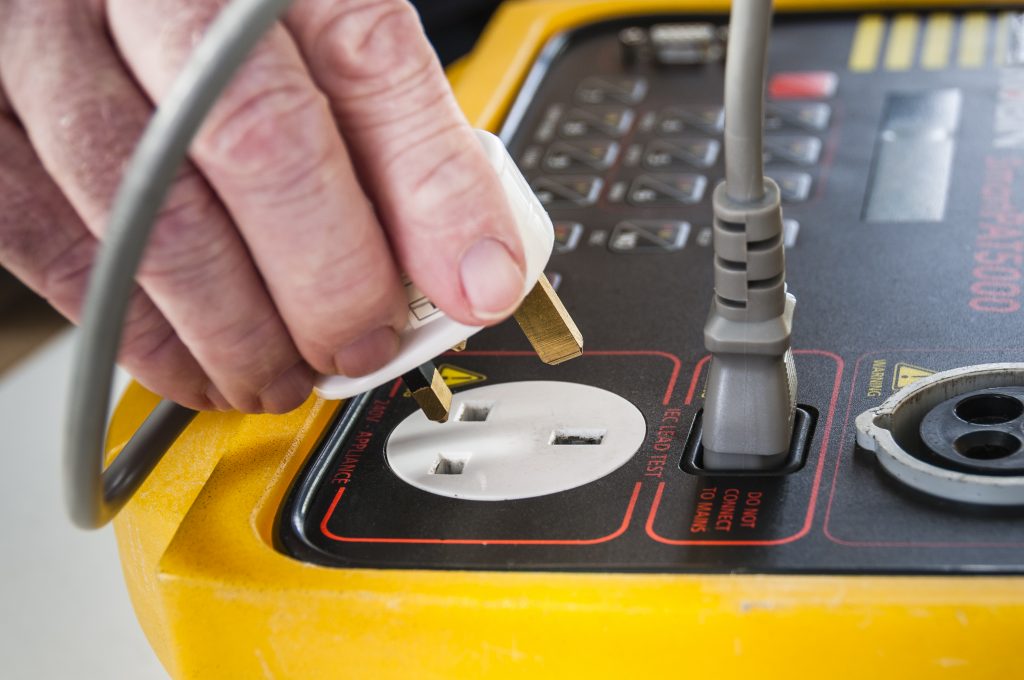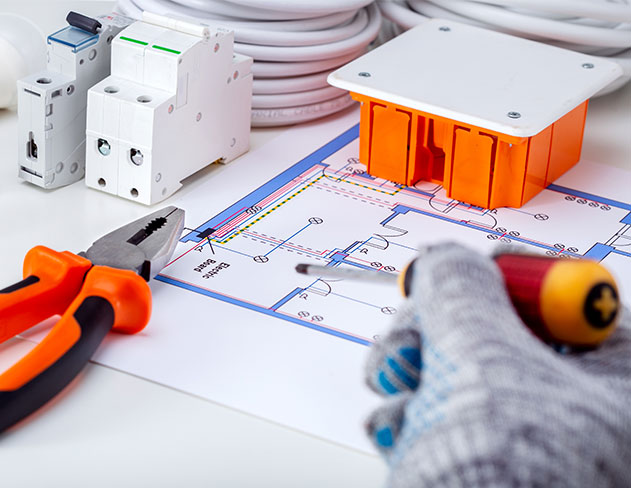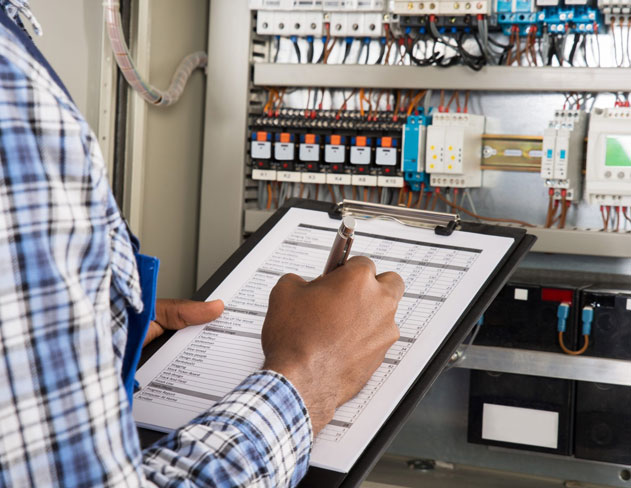Every year thousands of incidents and fatal injuries are reported caused by faulty electrical appliances.
PAT testing is the inspection and testing of the safety of electrical appliances. This is done by a visual inspection that includes looking for frayed cables, damaged insulation, broken plug tops, general damage, and exposed live parts.
As well as the visual inspection, electrical test equipment is used to check the safety of the appliance and the results are documented to minimise future risk factors.

Why test my portable appliances?
Faulty appliances have major risks such as: electric shocks, burns and fires. By periodically testing your portable appliances, you can be assured that anyone in your property or business premises is not at risk from a faulty appliance.
As well preventing injuries, regular PAT testing will also protect your property from damage as faulty appliances can cause fires.
How frequently should portable appliances be tested?
As there are no legal requirements for PAT testing at home, there is no set frequency for how often your portable appliances should be tested.
However, for businesses to ensure that their electrical appliances remain safe, business owners should take a risk-based approach to deciding on the frequency of tests. Factors such as the age of appliance, how often it is used, and recommendations by the manufacturer should be taken into account.
For more information about the recommended frequency of testing, please see our main PAT testing page.
How to carry out PAT Testing
Many appliances can be deemed unsafe by simply looking for visual defects like damaged cables and broken casings.
But it is highly advisable to seek out the help of a professional person who has adequate knowledge on how to carry out a full inspection and test to completely check the entire appliance.
What does PAT Testing identify?
The electrical checks are critical as some defects cannot be visually identified.
PAT testing involves visual checks, earth bond test, high current bond test, and insulation tests.
Portable or Fixed Appliance Testing
If the appliance has a standard 13amp plug or a commando plug, then it can be PAT tested with a normal PAT tester.
However, if the appliance is hard wired to the mains and has an isolator or switch, then it needs to be Fixed Appliance Tested which is a more involved process. Fixed Appliance Testing can only be undertaken by trained professionals.
Get in touch now to book your essential Portable Appliance Testing safety checks. Call us now on 0207 3154151 or request a quote.

